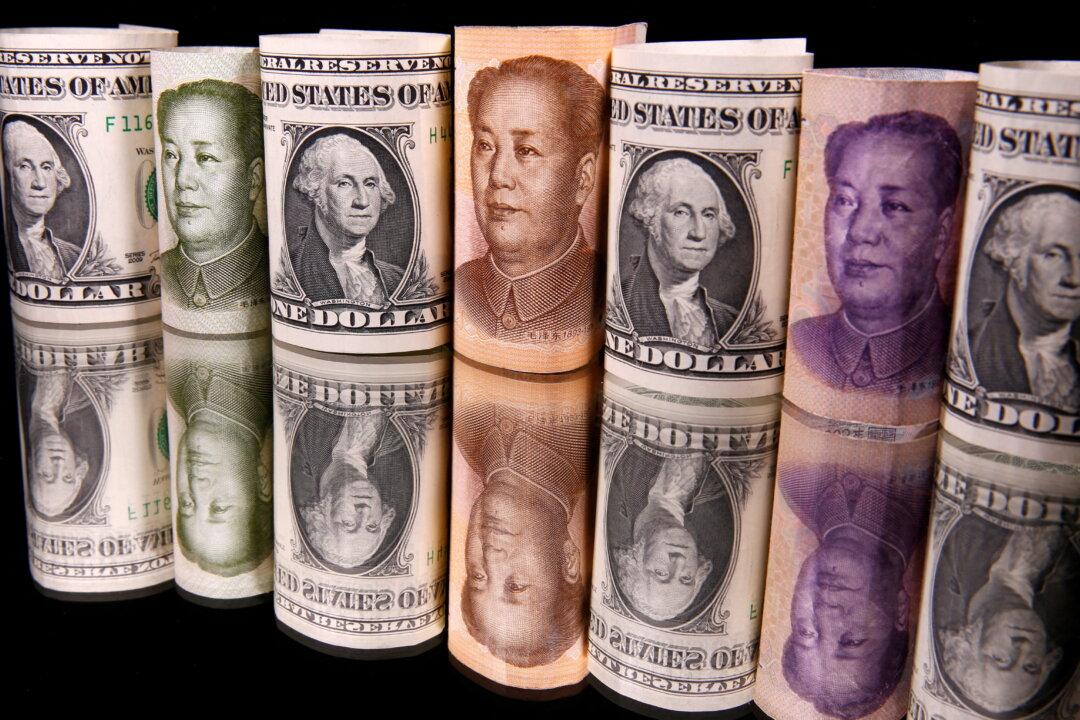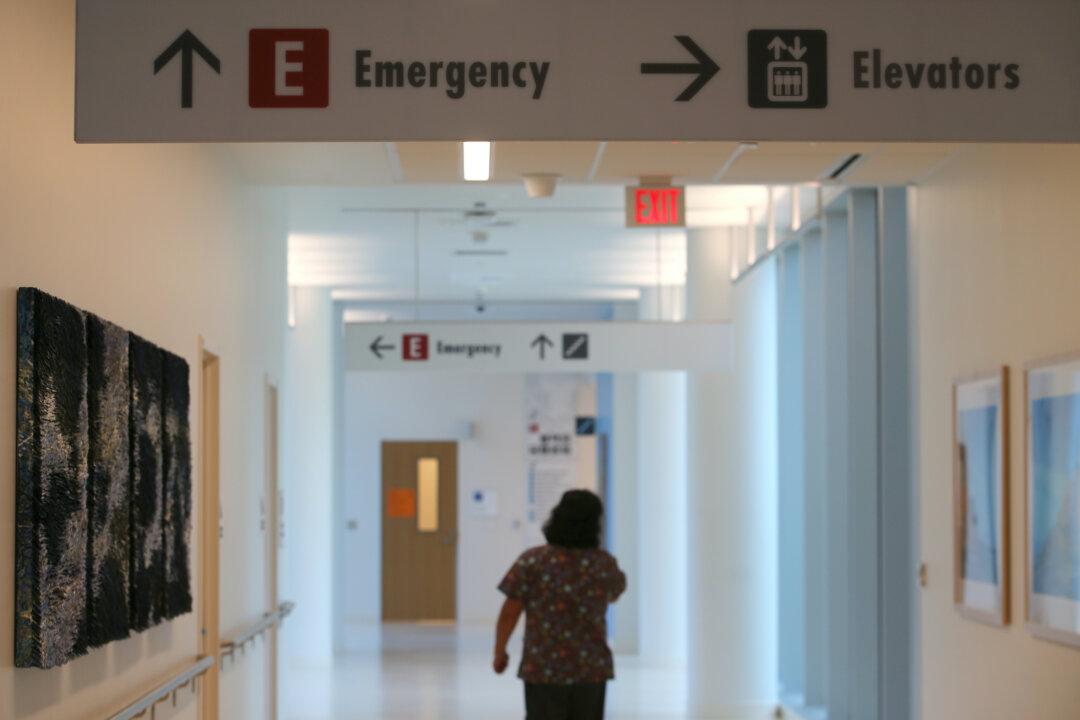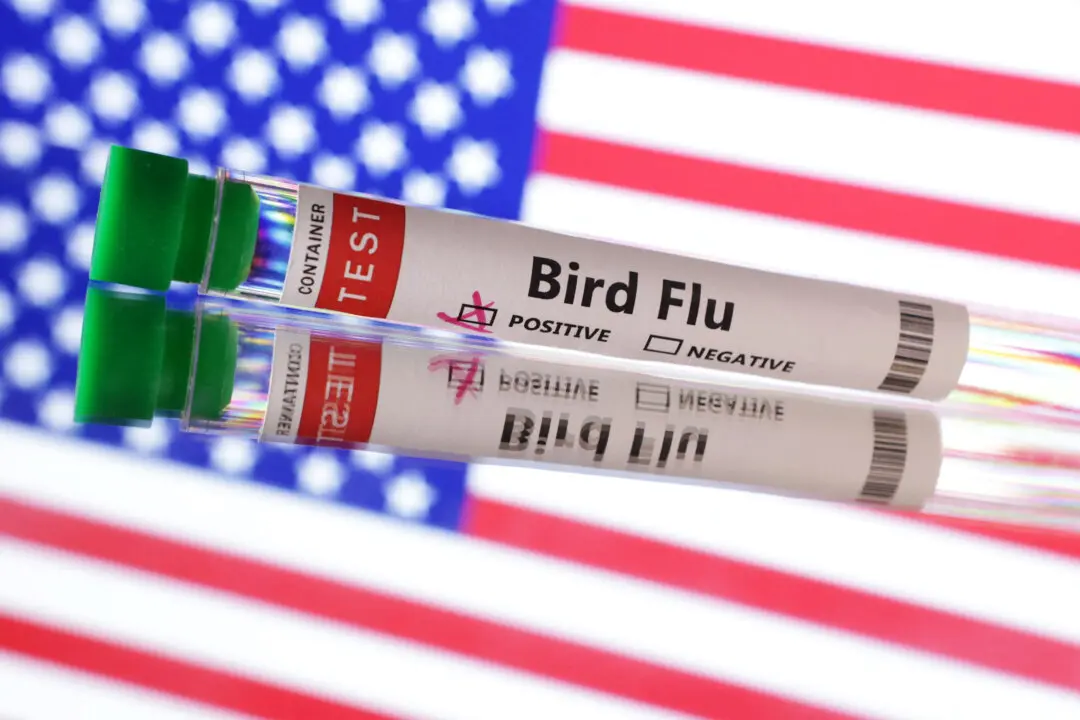LONDON—The euro briefly rebounded back above parity with the dollar on Thursday as the U.S. currency’s recent rally ran out of steam and investors waited to see whether Federal Reserve Chair Jerome Powell would sound a more hawkish tone at a symposium this week.
A more bullish mood across markets also helped the euro, as well as currencies linked to broad investor sentiment such as the Australian dollar, which climbed 1 percent.





